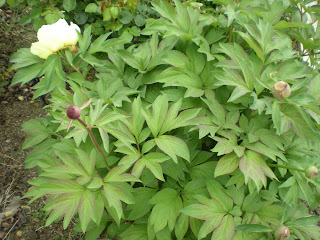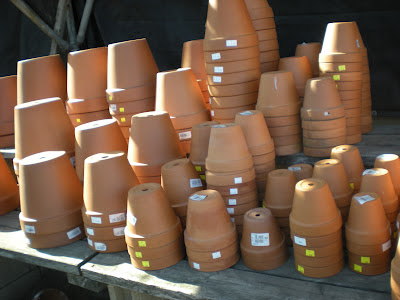Fresh herbs can be very pricey and they don’t last long even
when refrigerated. Anybody can have fresh herbs all the time; you don’t have to
have a garden to plant herbs. With some sunshine and water, herbs can be
planted in pots.
If you have a garden, generally a kitchen garden where you
can plant herbs can be an area 20 feet by 4 feet. You can grow some of the most
common herbs used in the kitchen like sweet basil, rosemary and thyme. The best
area for herb gardening is a spot with a lot of sunshine and with good
drainage. Drainage is one of the most important factors in order to have a
successful herb garden. Herbs don’t want to grow in a wet soil.
The soil does not have to be fertile. A highly fertile soil
will produce excessive amounts of foliage but with very poor flavor. Adding
some compost to the soil is enough to help improve the condition of the soil.
If a plot is not available, herbs can be grown in
containers, pots and hanging baskets. Herbs planted in containers require more
care specially watering. Herbs don’t grow well in wet soil but also don’t
thrive in a dry soil.
I purchased a pot of Italian basil and rosemary from
Armstrong garden last month and planted them on the ground the next day. It has
been a few weeks and the basil is thriving very well. The rosemary though is
not as growing as good as the basil.
Basil I
harvested from the garden.























